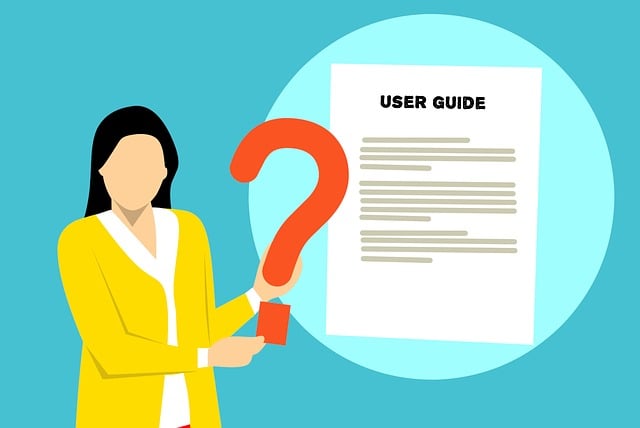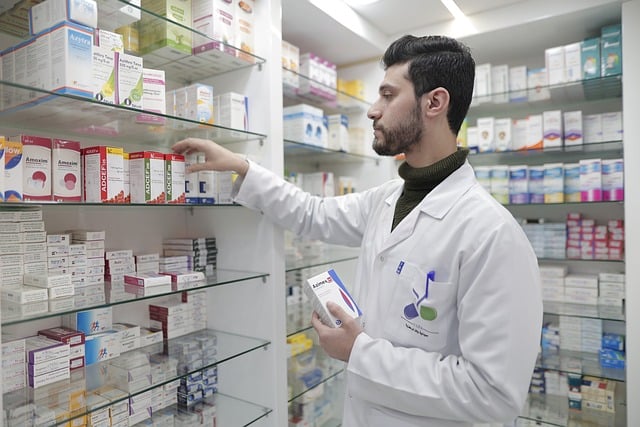
Clinical pharmacy concentrates on medication use optimization to attain the best possible results for both patients and public health. This review intends to determine the extent and quality of clinical pharmacy guidelines in use globally and to underline issues that have to be reconciled to improve practice standards and store outcomes for patients.
Scope of Clinical Pharmacy Guidelines

Overview of Current Guidelines
Clinical pharmacy guidelines have been designed in many countries, orienting activities toward medication reconciliation, medication optimization, and transition of care. We have conducted a review comprising 38 guidelines across four countries: Australia, Ireland, UK, and the USA. These guidelines outline practice standardization to ensure good-quality patient care across all healthcare environments.
Key Focus Areas
- Medication Reconciliation and Review: Obtain accurate and complete medication histories to avoid medication errors.
- Medication Optimization: Integrating pharmacists into the healthcare team to improve medication adherence, effectiveness, and safety.
- Transition of Care: Smooth transitioning of patients between various healthcare settings to avoid adverse outcomes.
- Patient-Centered Care: It speaks to integrating communication skills and encouraging patient engagement in the clinical pharmacy practice.
Quality Assessment with AGREE II
Quality Assessment: Using the AGREE II tool, the guidelines were assessed for their quality. The highest scored category was scope and purpose, while rigor of development scored the lowest because of not enough regard to the evidence base in its formulation. This therefore calls for a more systematic and evidence-based approach in guideline development.
Recommendations to Improve

Enhancing Guideline Development Processes
- Evidence-Based Practice: Guidelines should be based on current research and evidence.
- Stakeholder Involvement: This will involve engaging patients, healthcare professionals, and policymakers, among other relevant stakeholders.
- Rigor and Transparency: Rigorous methodology in guideline development with explicit documentation of the processes used.
Focus on Person-Centered Care.
- Communication Skills: Training to enhance communication among pharmacists in order to tackle patient interactions better and improve outcomes.
- Patient Engagement: Engaging a patient in decisions pertaining to medication management for improved adherence and satisfaction.
- Interprofessional Collaboration: Encourage teamwork among health professionals in the delivery of coordinated care.
Continued: Harmonizing Guidelines Internationally
- Standardization: Development of international guidelines of best practice able to be adapted to different countries and contexts.
- Flexibility: Provide room for local adaptation while retaining the core principles for use within different healthcare systems and practices.
- Continuous Evaluation: Updating the guideline regularly in light of new evidence and evolving practice.
Case Studies and Examples

UK National Health Service (NHS)
The NHS has introduced models of pharmacist prescribing, where pharmacists are able to synthesize and prescribe medications in areas of their competence. This has led to improvements in medication management and patient outcomes in primary care.
COVID-19 Pandemic Response
During the COVID-19 pandemic, what became obvious was the flexibility that pharmacists have spearheaded, from preparing vaccines to carrying out administration and counseling of patients. This underscores how robust and flexible guidelines are essential.
Future Directions
Integrating Technology into Clinical Pharmacy
- Electronic Health Records (EHRs): Look to adopt EHRs for creating a seamless medication reconciliation and review process across transitions in care.
- Telepharmacy: Scaling up telepharmacy services to remote consultation in medication management, especially in underserved areas.
- Analytics in Healthcare: Application of data analytics in trend identification, medication-use optimization, and prediction of possible adverse events.
Education and Training
1. Curriculum Development: Guideline-based training to be incorported into the pharmacy curriculum for competent setup of future pharmacists for evolving roles.
2. Continuing Professional Development (CPD): To provide training and education through CPD programs concerning new guidelines concerning implementation, evidence-based practices, and technologies emerging in the near future.
Conclusion
Development and implementation of high-quality clinical pharmacy guidelines are keystones to standardize practice and thus improve patient care all around the world.
Optimizing effectiveness and impact of clinical pharmacy services can be enhanced by filling gaps between current practice and evidence-based, patient-centered care. International harmonization efforts and continuous improvement should be encouraged in line with changing healthcare systems’ and patients’ needs with time.
Disclaimers
Information within this post is intended for educational and informative purposes only. This information does not provide professional medical advice, diagnosis, or treatment guide.
The writers and publishers do not accept any responsibility for any errors or omissions or for the results obtained from the use of our information. If you have questions regarding a medical condition, always research and consult your physician or another healthcare professional.
Never ignore professional medical advice or delay in seeking it because of something you’ve read in this article.